Saudi Arabia Is Often Seen as a Land Defined by Desert. But New Archaeological Findings Suggest a Far More Complex Ecological History — One Where Rivers Once Flowed, Valleys Held Lakes, and Large Mammals Roamed Freely
These discoveries are reshaping how the country’s past is understood — and may offer clues to its future.
A recent National Geographic article tracing the ancient environment of Saudi Arabia offered a striking counter-narrative to the country’s modern image. Archaeologists have uncovered compelling evidence that large parts of the Arabian Peninsula — now known for its heat and dry sands — were once green, fertile, and full of life. Rivers flowed where dunes now rise. Lakes once filled valleys that today lie cracked and dry. Elephants, hippos, and wild cattle roamed freely. Where SUVs now crawl over sun-scorched ridges, water once lapped against grassy banks.
The notion is not entirely new to Saudi audiences — fragments of this story have long circulated — yet the scale remains difficult to imagine. For many who grew up surrounded by desert and defined by heat, the idea of a verdant past feels more like a geological myth than a national memory.
But the implications extend well beyond curiosity. They challenge assumptions about the Arabian Peninsula’s environment and reframe the idea of transformation in the region. For decades, Saudi Arabia’s national narrative has centred on rapid development — new cities, shifting social norms, expanding industries. The land itself, however, has its own long history of upheaval, one shaped not by planning documents but by millennia of climate cycles.
As often explored at SaudiTimes, societal shifts in Saudi Arabia can be gradual or abrupt, but rarely static. This ancient story of environmental change adds a deeper layer. It suggests that transformation — whether social, ecological, or cultural — is not alien to this landscape. It is, in fact, endemic to it.
Saudi Arabia’s identity as a land of sand is a relatively recent construction in geological terms. Satellite imagery and climate models indicate that during the last interglacial period, around 120,000 years ago, monsoon rains penetrated deep into the Arabian interior, turning vast areas green. Archaeological discoveries from regions such as AlUla and the Nefud Desert — including stone tools, fossilised animal remains, and ancient lake beds — point to a thriving, habitable ecosystem.
“This region has been a crossroads of climate and civilisation far longer than most people realise,” says Dr. Huw Groucutt, an archaeologist who has led excavations in northern Saudi Arabia. “Its past tells a story not of isolation, but of movement, adaptation, and survival.”
In the present day, the idea of a greener Arabia no longer feels entirely theoretical. Reforestation projects have taken root in Asir and Al-Baha. Under the Saudi Green Initiative, Saudi Arabia has pledged to plant billions of trees and reduce carbon emissions. Urban centres are expanding green spaces. Hiking trails in Tabuk, canyon walks in Najd, and shaded coastal boardwalks in Jeddah are steadily transforming how Saudis engage with their surroundings.
Even the desert is being reimagined. In and around Riyadh, dune surfing, overnight camping, and long-distance desert treks have turned once-inhospitable terrain into cultural space. The land remains dry, but not lifeless — a testament to both resilience and reinvention.
There is something quietly humbling in observing a landscape shaped by ancient climate shifts and long-forgotten migrations. The present moment — for all its energy and ambition — is one scene in.
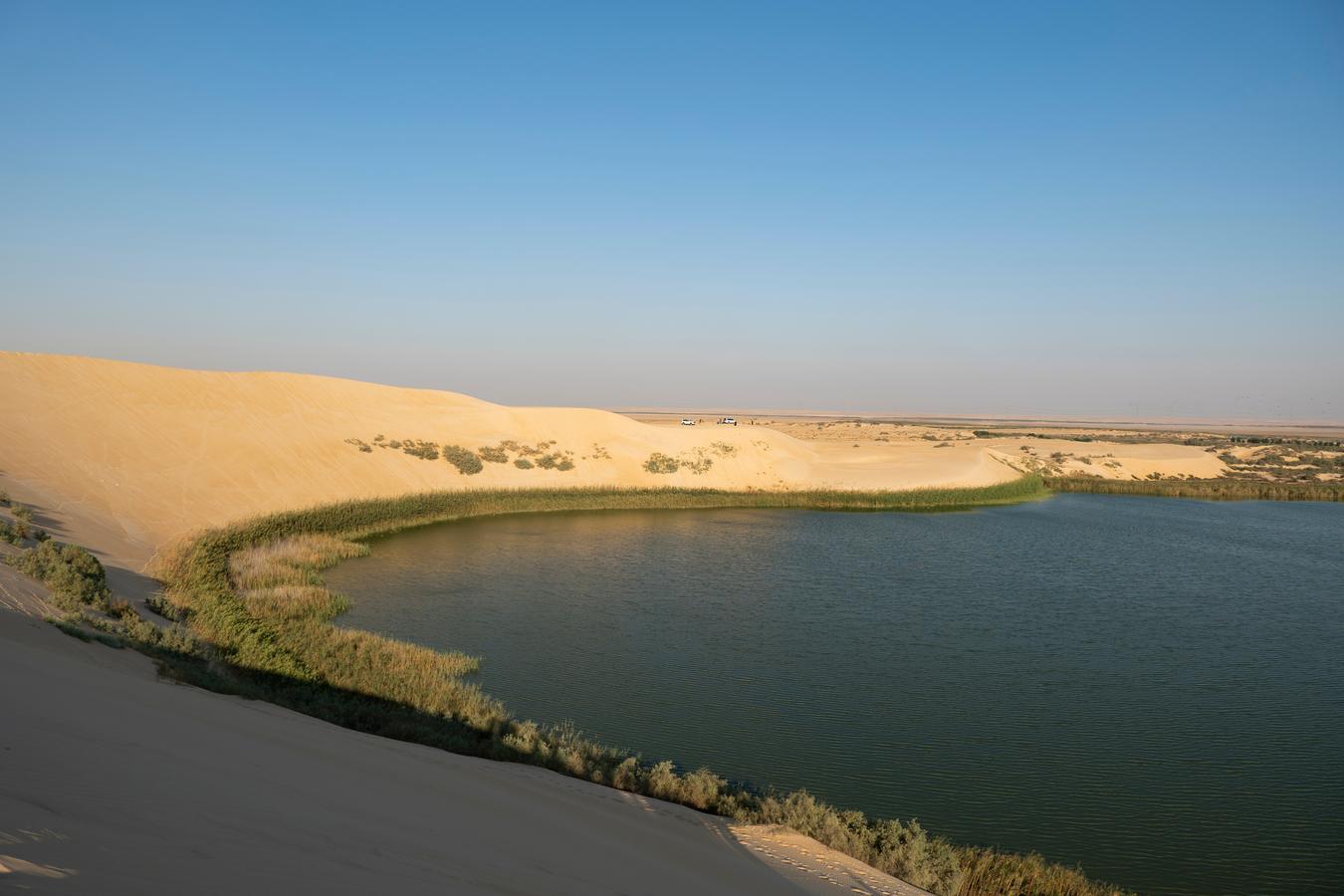
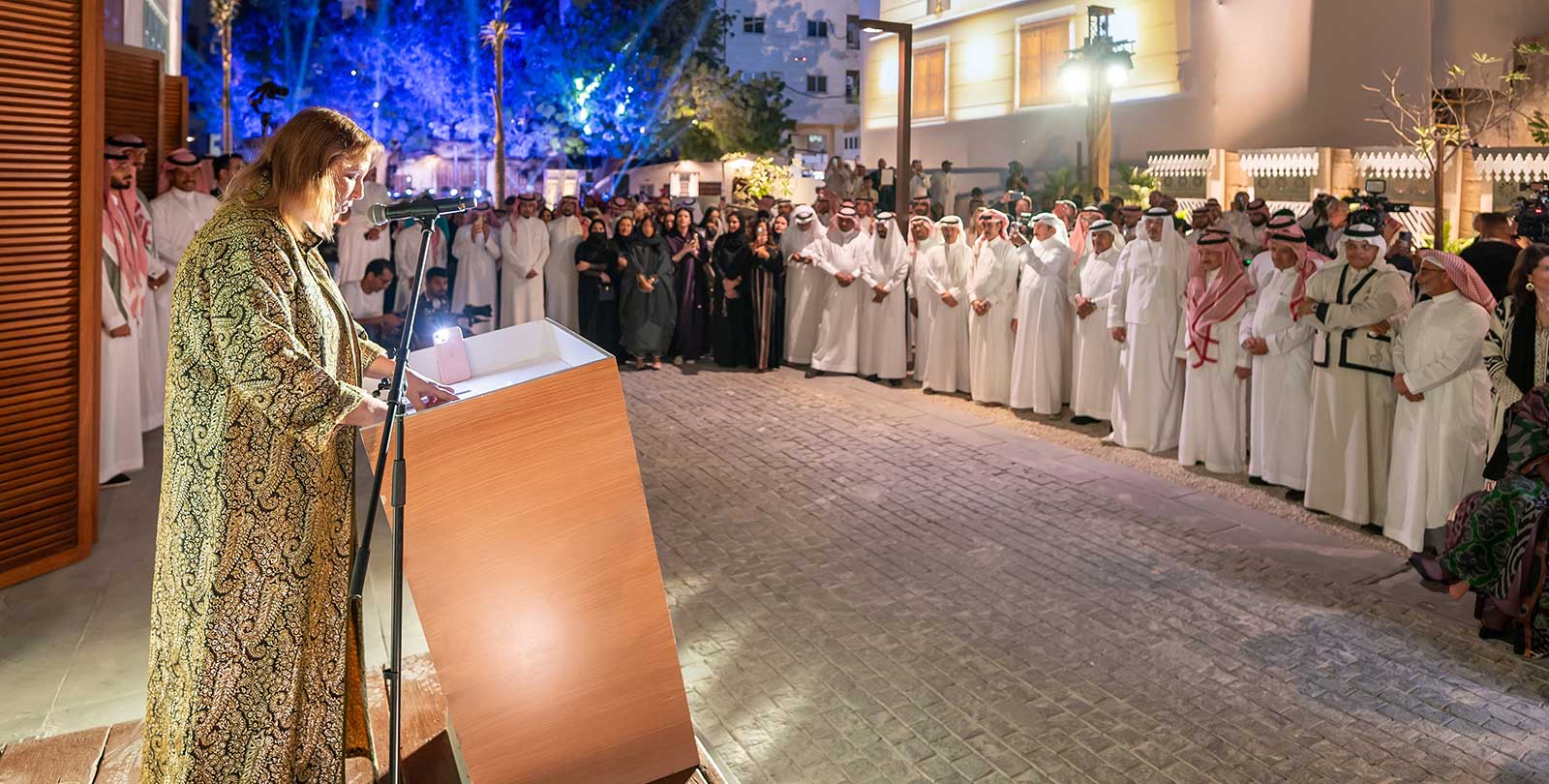


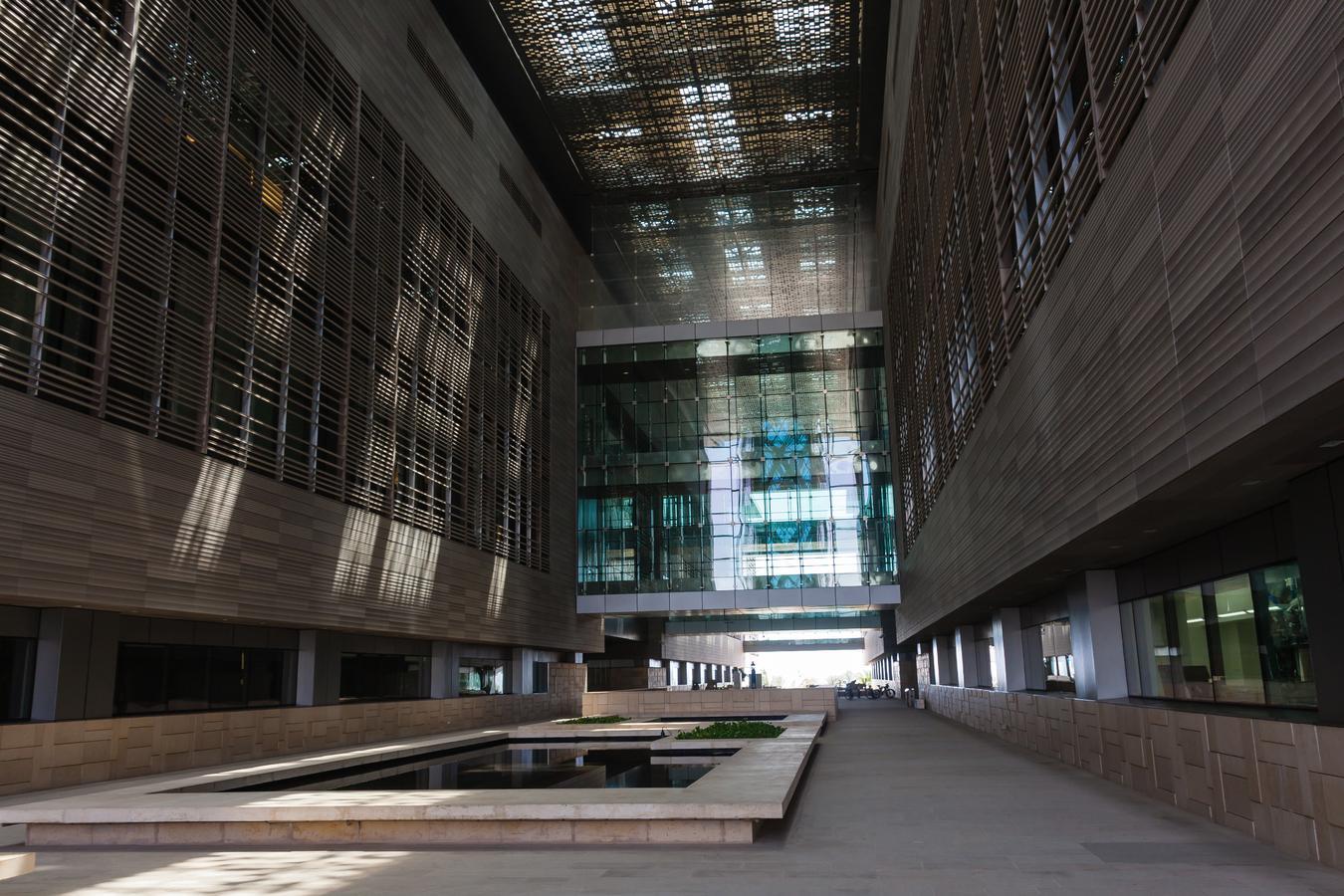
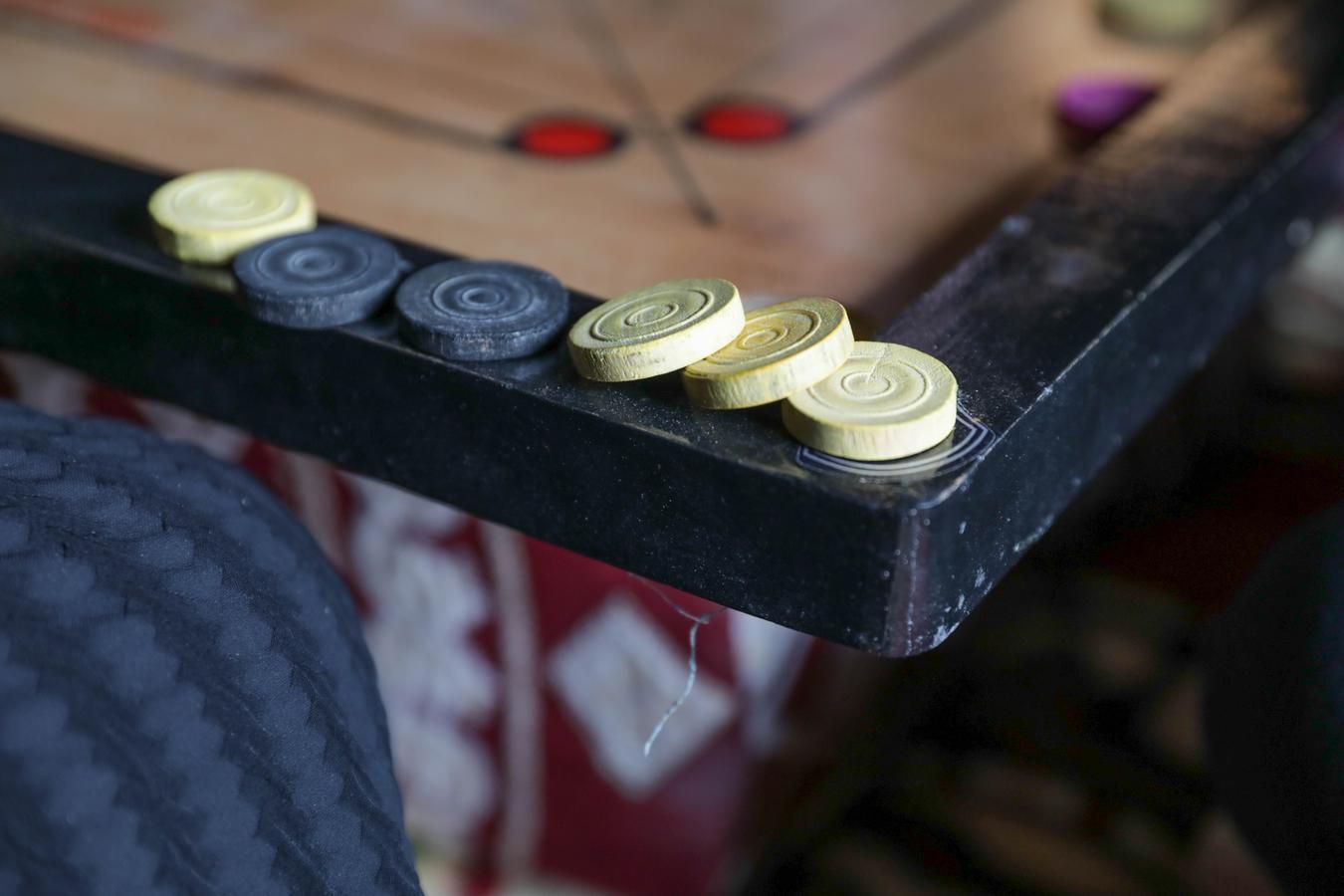

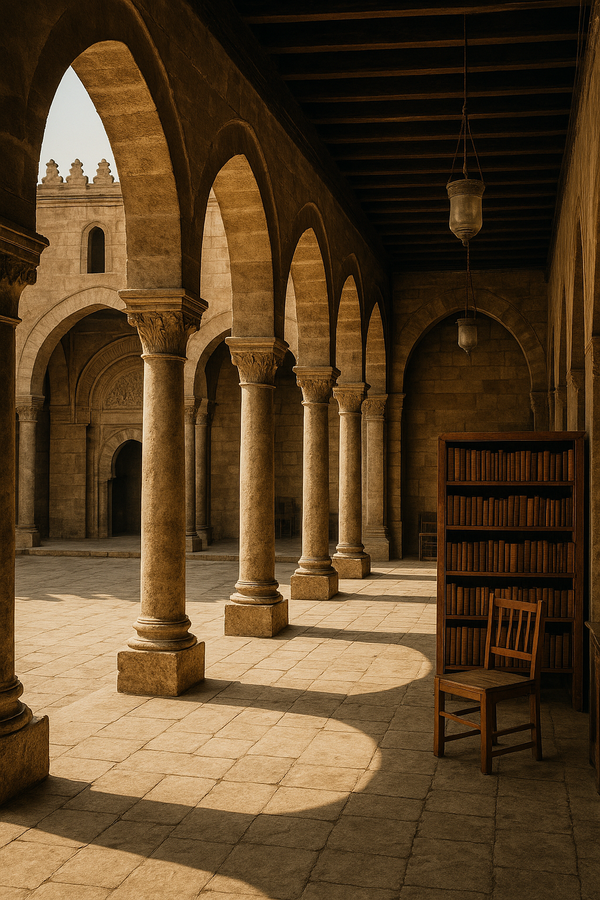
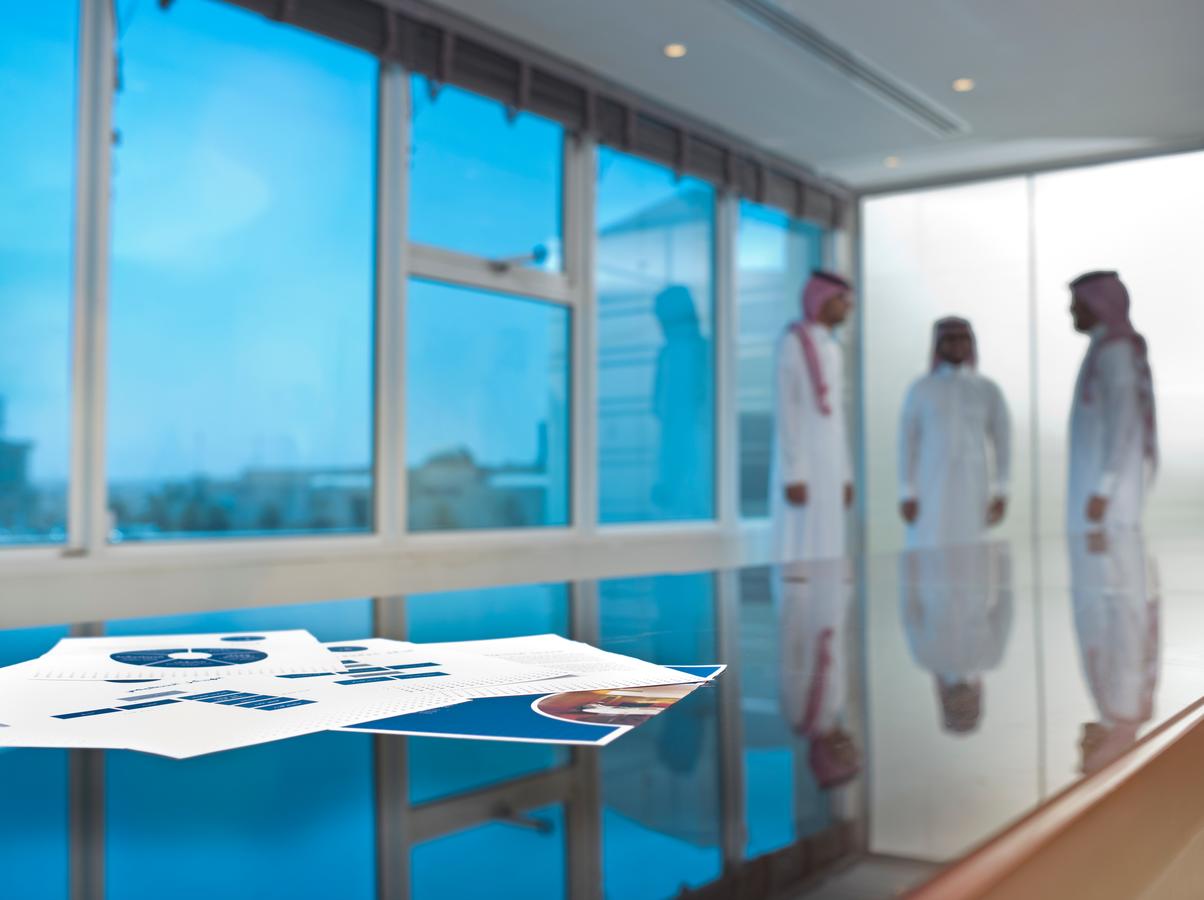
0 Comments
No comments yet. Be the first to comment!